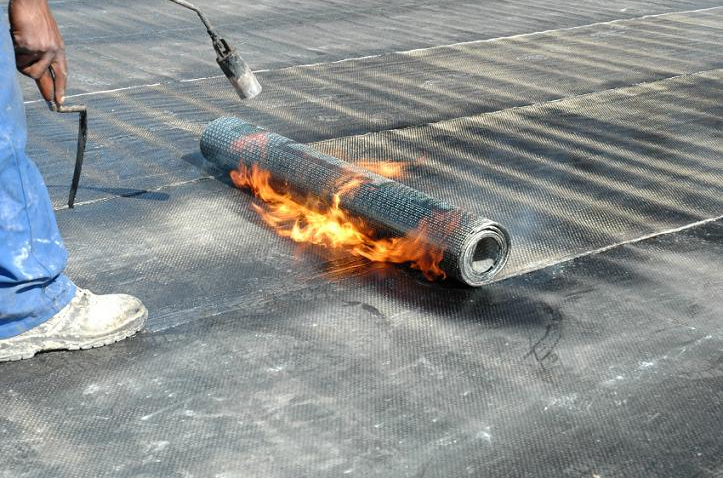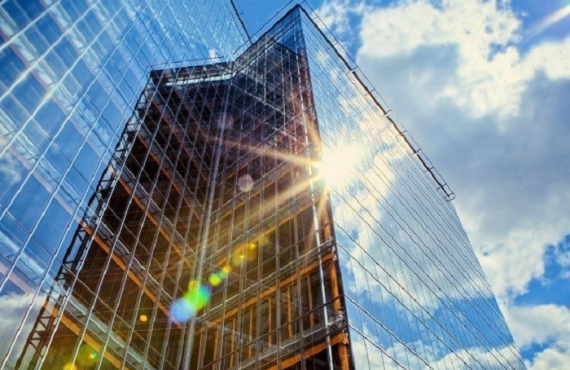If you go through the economy carefully, the construction industry is the leading industry and is crucial to our country’s economic development. The importance of waterproofing is still not fully utilised and understood by the technocrats of this industry. They need to adopt modern technologies change the way they process their work.
The impact of Global Warming has hit this industry. Green concrete is now the talk of the town. It is every company’s responsibility to take note of various factors while building their construction marvel.
- Saving Energy
- Durability and Safety of the buildings
- Saving the Environment
Waterproofing is critical for various reasons like sustainable, energy saving environmental-friendly building technique. Previously, field brickbat coba and coating with stuff like bitumen were used for waterproofing.
Factors that lead to deterioration of reinforced concrete structures are taken into consideration as they degrade the strength of a building. Constant contact with water causes the concrete to corrode after some time. Concrete corrode when corrosion of reinforcing steel, carbonation, cracking, excessive deflection, and spalling happens.
Corrosion is a natural process, but concrete corrosion failed to attract scientific interest. It was during the 1900s that waterproofing solutions came into being. Cincinnati roofing says “Several waterproofing materials can be used in both systems. Such membranes include ethylene propylene diene monomer (EPDM) ethylene propylene (PVC), polymer modified rubberized asphalt waterproofing membranes and modified bituminous sheet among others.” There are many deteriorating agents like gas and toxic substance in the water that speed up this concrete corrosion. When the reinforced steel gets corrode, then there is the problem of spalling.

There are several articles and various building company’s newsletters published to stop concrete erosion as it degrades the durability of the building hampering its security. Within months of exposure, the corrosion starts which is a cause of concern to its builder and occupants.
To make concrete workable, the water content added is approximately 50% by weight of cement whereas the required amount for the hydration reaction of cement is 25%. This extra water is then evaporated increasing voids and making the concrete structure more porous. There are other reasons as well for the concrete structure to be porous.
- Poor workmanship.
- Inadequate compaction.
- Faulty aggregates gradation.
- Poor mix design.
- Very high or very low workability than required.
- Excessive bleeding and segregation.
Due to weather changes and water running cracks are developed on the concrete or plaster. Through these cracks water travel. This seeping of water in the concrete structure causes damage in the reinforced steel and paints on the wall.
Waterproofing and damp proofing are thus very crucial part of building construction. There are numerous benefits of waterproofing:
- Minimises health hazards.
- The building’s life is increased.
- Constant maintenance cost it cut down or eliminated.
- Interiors remain the way they are supposed to be, without the paint coming out.
- The aesthetic look of the building stay as it is.
The cost of waterproofing if it is done effectively is just 0.5 to 2% of the total amount spent on the building, which is almost nothing. There are two stages of waterproofing. First stage is done while the building is constructed and the second is done after the building is built
The post-construction waterproofing is less effective and also more costly compared to the waterproofing done while the building is under construction. That is why whenever you start constructing your building get the waterproofing done while the building is being built.
Waterproofing & Its Critical Role In Construction Industry : http://www.paramountce.com/











Comments are closed.